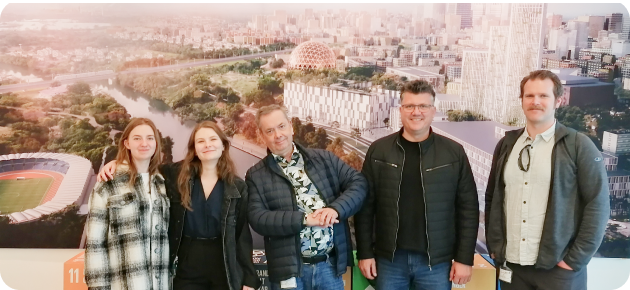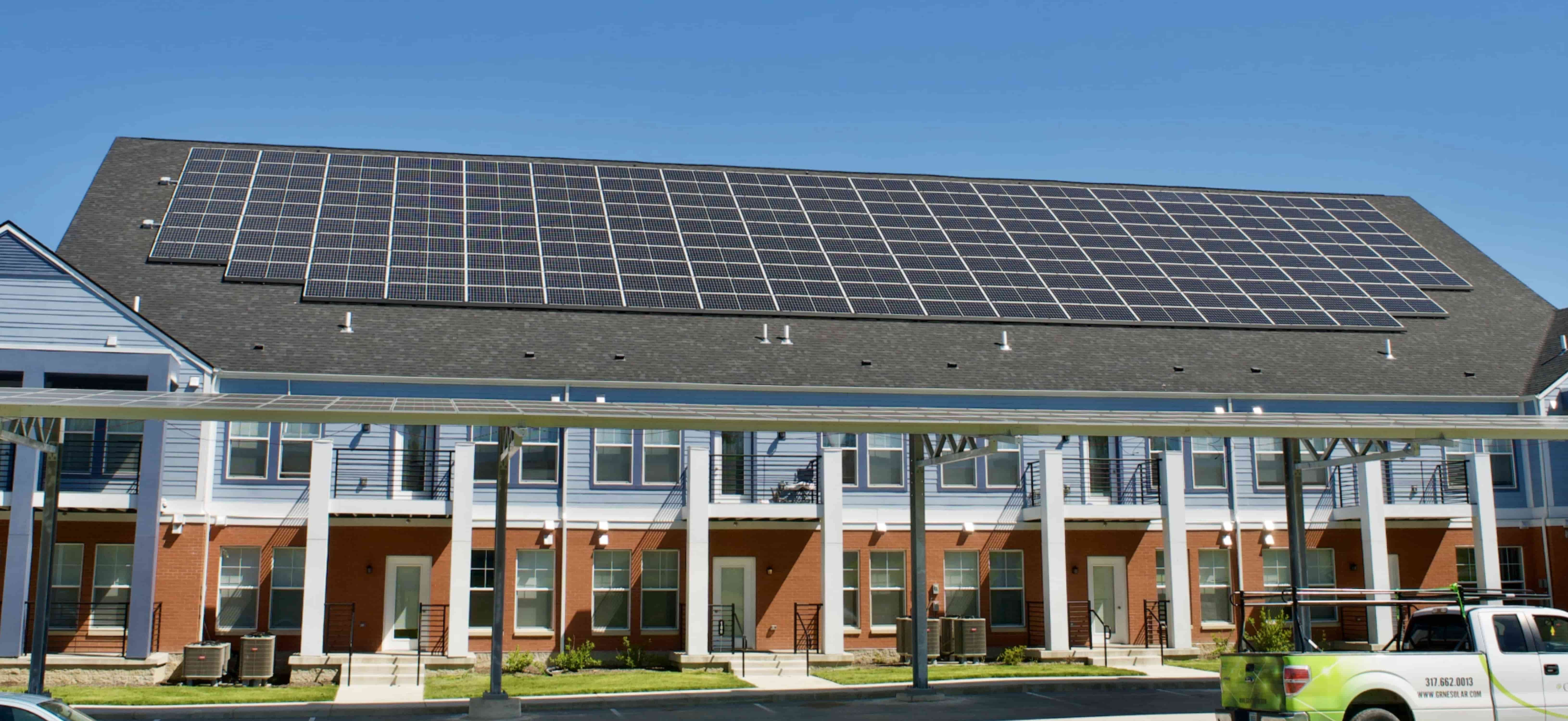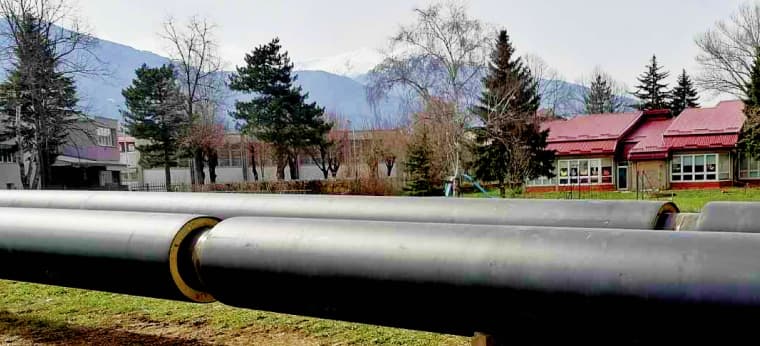Within the master thesis by master students in the KTH Royal Institute Sweden, "Sustainable Urban Energy Transition for the City of Bitola, North Macedonia: A City Scale Urban Building Energy Model," local expert support plays an important role in providing data for the built environment of Bitola. With urban energy systems contributing significantly to global energy use and greenhouse gas emissions, focusing on buildings presents a significant opportunity for energy reduction.

In North Macedonia, where there's substantial potential for energy savings in both residential and public sectors, the city of Bitola is taking strides towards a sustainable transition. A city-scale urban building energy model was developed using City Energy Analyst (CEA), encompassing over 14,000 buildings in Bitola, ranging from residential to commercial and industrial. Various scenarios were crafted to assess building retrofit measures and alternative heating solutions, aiming to reduce energy demand and emissions while ensuring economic viability.

Results indicated that scenarios involving decentralized heat pumps (HP) showed the most promising outcomes, with significant reductions in energy demand and CO2 emissions. However, these solutions entail higher costs compared to other scenarios.

District heating (DH) and decentralized natural gas boilers (NGB) also showed moderate performance in energy and emission savings, with better economic viability. Overall, the study emphasizes the importance of taking action to address energy challenges in Bitola.

Implementing any of the HP, NGB, or DH scenarios proves more beneficial than maintaining the status quo. Moreover, it underscores the need for active involvement from local municipalities and national stakeholders to drive sustainable development and ensure a lasting transition.

Through collaboration with local experts, the project aims to provide valuable insights and recommendations for Bitola's sustainable urban energy transition, setting a precedent for effective energy management and climate action in the region.





